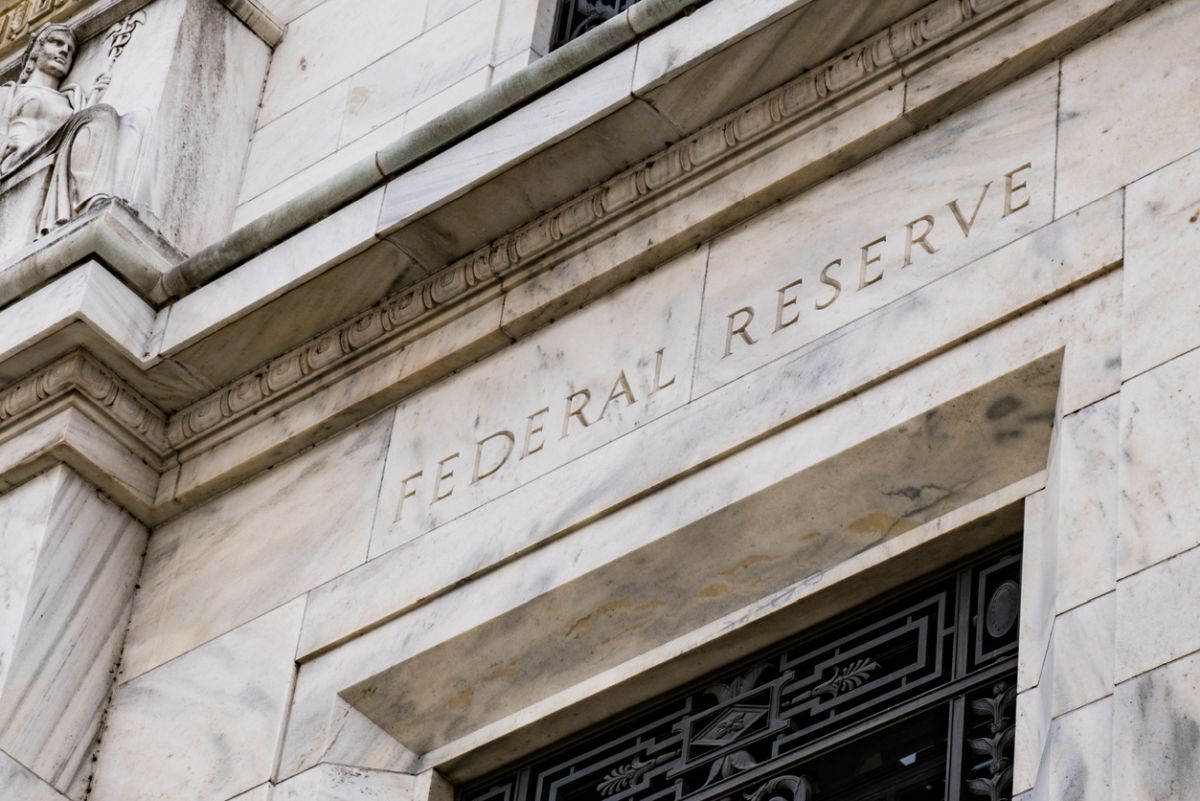The US Federal Reserve’s decision to maintain interest rates between 5.25 and 5.50 per cent has left the financial world in a state of uncertainty. Fed Chair Jerome Powell’s remarks after the decision only added to the intrigue. While the central bank is often seen as a beacon of economic stability and guidance, Mr Powell’s comments suggest that even the Fed is wrestling with a riddle. The central question that the Fed faces is whether the current financial conditions are enough to control raging inflation or if the economy’s resilience warrants further restraint.
The fact that this question remains unanswered is both a testament to the complexity of the US economy and an indication that the Fed is not willing to commit yet. Inflation continues to be the spectre haunting the Fed’s decision-making process. The annual inflation rate, based on the Fed’s preferred measure, was 3.4 per cent in September, persistently exceeding the 2 per cent target. Mr Powell rightly acknowledges that a few months of good data does not automatically translate into long-term confidence. The fear is that inflation could spiral out of control if not kept in check, causing long-term harm to the economy. The Fed’s reluctance to commit not to raise rates further is understandable. The financial markets have shown volatility with Treasury bond yields and borrowing costs on the rise.
Advertisement
These factors can have a cascading effect on the broader economy, potentially slowing down economic activity. Mr Powell’s mention of 30-year fixed-rate home mortgages nearing 8 per cent, close to a 25-year high, is particularly concerning. Such high mortgage rates can put a significant strain on households and deter prospective homebuyers. Despite the cautious approach, some market participants view the Fed’s decision as leaning towards a dovish stance. This is based on the central bank’s decision to keep rates unchanged for the second consecutive meeting, which implies a possible continuation of the status quo in December. However, the market’s interpretation is not necessarily aligned with the Fed’s ultimate path. The central bank has not ruled out the possibility of future rate hikes, and data indicating a stronger-than-expected economy and labour market keeps the prospect of rate hikes on the table. Mr Powell is right to acknowledge the positive aspects of the economy, with low unemployment and rising wages contributing to increased demand for goods and services and more job creation.
The economy is seemingly on a self-sustaining growth trajectory, but the central question remains. Can it last? Mr Powell suggests that a slowdown of some sort may be necessary. This could involve some softening in the labour market to fully restore price stability. His comments highlight the importance of upcoming employment and inflation data, especially the US Labour Department’s monthly jobs report, set to shape the Fed’s deliberations for its December meeting.
